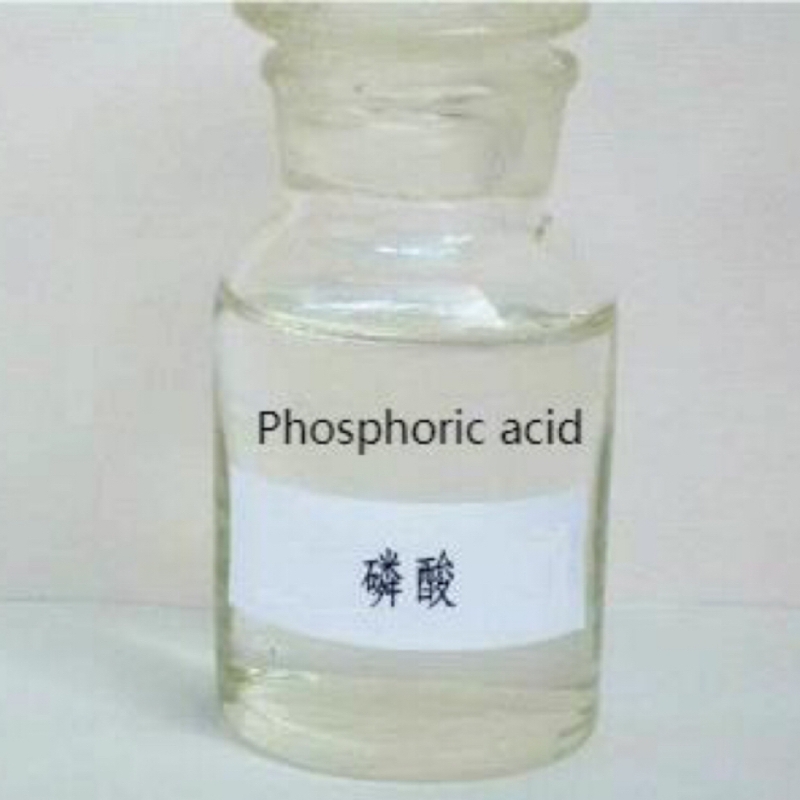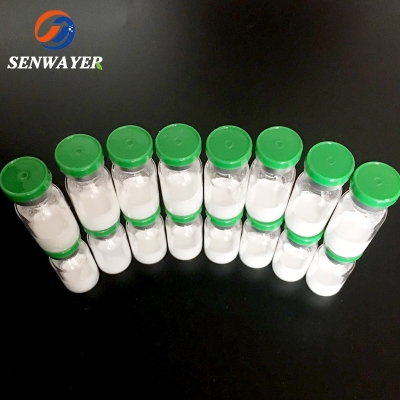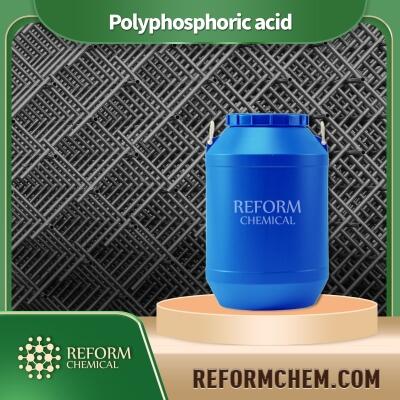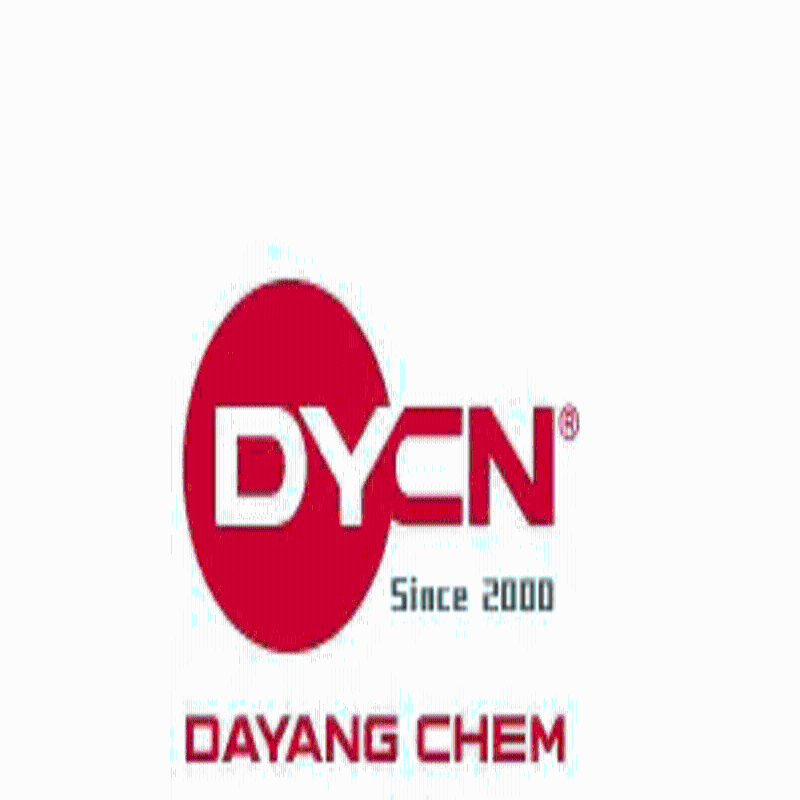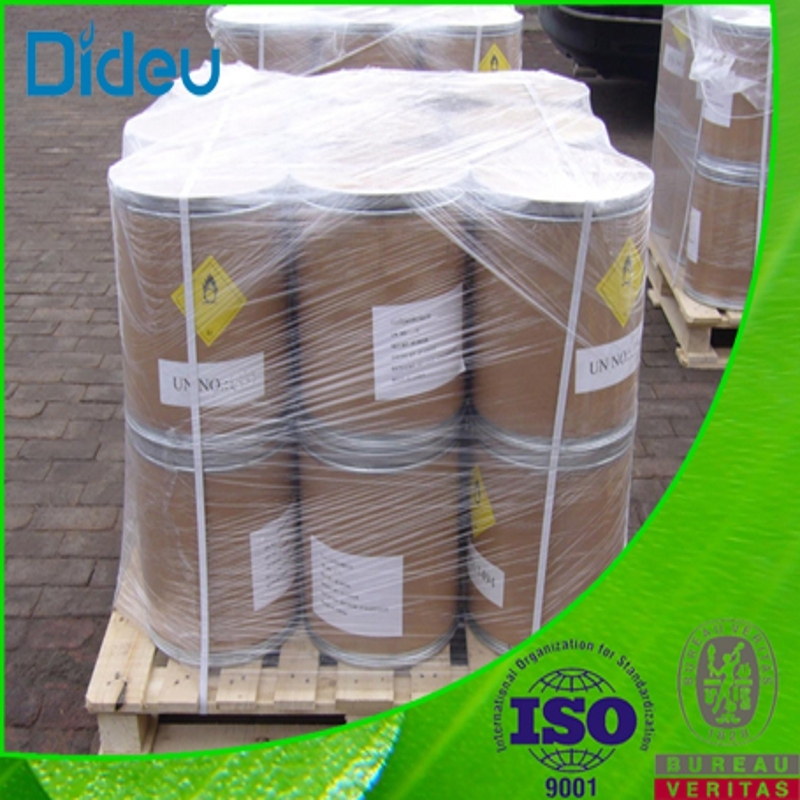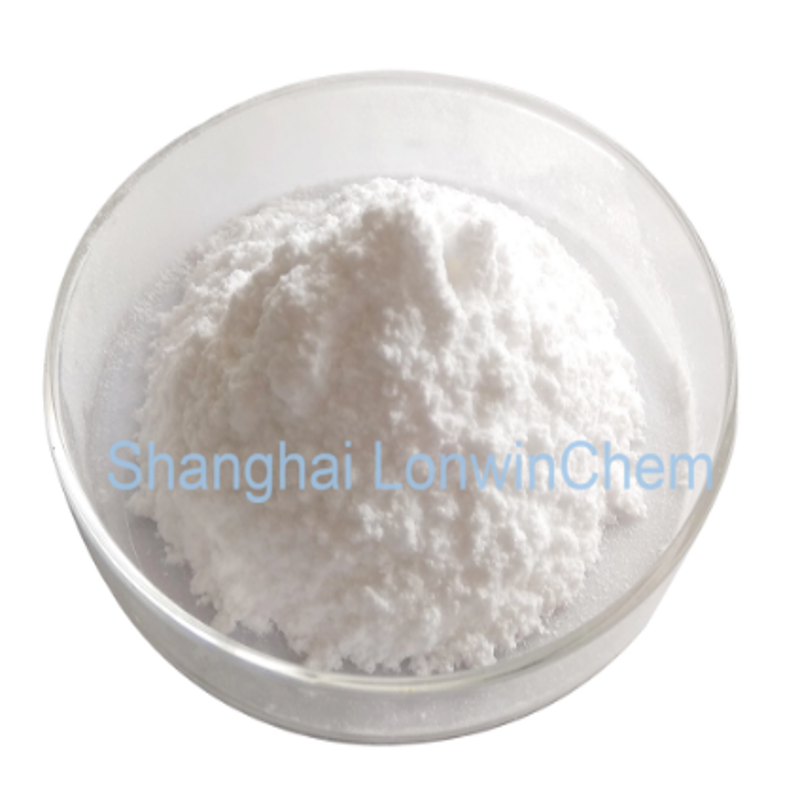Inorganic Chemistry
- • Elementary Substance (160)
- • Industrial Gases (16)
- • Inorganic Bases (53)
- • Inorganic Acid (52)
- • Inorganic Salts (1906)
- • Oxides and Peroxides (183)
- • Silica gel (5)
- • Non-metallic Minerals (14)
- • Coating Materials (24)
- • Phosphorus Compounds (50)
- • Iron Compounds (21)
- • Bromine Compounds (20)
Related News
Inorganic Acid
Phosphoric acid
(7664-38-2)-
Food Grade / -
-
Industry Grade/Food Grade / 85%
-
Industrial Grade / 99%
-
Chemical Grade / 99%
$1/KG FOB
Phosphonic acid
(13598-36-2)-
Industrial Grade / 99%
-
Industrial Grade / 99%
-
Industrial Grade / 98.5%
-
Industrial Grade / 99%
Phosphinic acid
(6303-21-5)-
Industrial Grade / 99%
$1-1.2/KG FOB
-
Chemical Grade / 99%
-
-
Pharmacy Grade / 99%
Request for quotation , get quotes from more suppliers.
Polyphosphoric acids
(8017-16-1)-
Industrial Grade / 99%
$1-1.3/KG FOB
-
Chemical Grade / 99%
$1/KG FOB
-
Industrial Grade / 98%
-
Industrial Grade / 83%
-
- / 99.00%
-
Pharmacy Grade / 99%
-
- / 99%
-
industrial Grade / 98%
Request for quotation , get quotes from more suppliers.
Source Inorganic Acid Products Supply
-
Chemical Grade / 99%
-
- / 99.00%
-
- / 20%
-
Request for quotation , get quotes from more suppliers.
Periodic acid (H5IO6)
(10450-60-9)-
Industrial Grade / 99%
-
Industrial grade / 99.0%
-
![Periodic Acid (H5Io6) buy Periodic Acid (H5Io6)]()
-
![Periodic acid buy Periodic acid]()
PHOSPHOMOLYBDIC ACID HYDRATE
(51429-74-4)-
Chemical Grade / 99%
-
- / 99.00%
-
industrial Grade / 98%
-
Request for quotation , get quotes from more suppliers.
Pyrophosphoric acid
(2466-09-3)-
Chemical Grade / 99%
-
- / 99.00%
-
Pharmacy Grade / 99%
-
![Pyrophosphoric acid buy Pyrophosphoric acid]()
Request for quotation , get quotes from more suppliers.
-
- / 99.00%
-
Reagent Grade / 99%
$7-9/KG FOB
-
Industrial Grade / 99%
$20/KG FOB
-
Industrial Grade / 99%
Request for quotation , get quotes from more suppliers.









